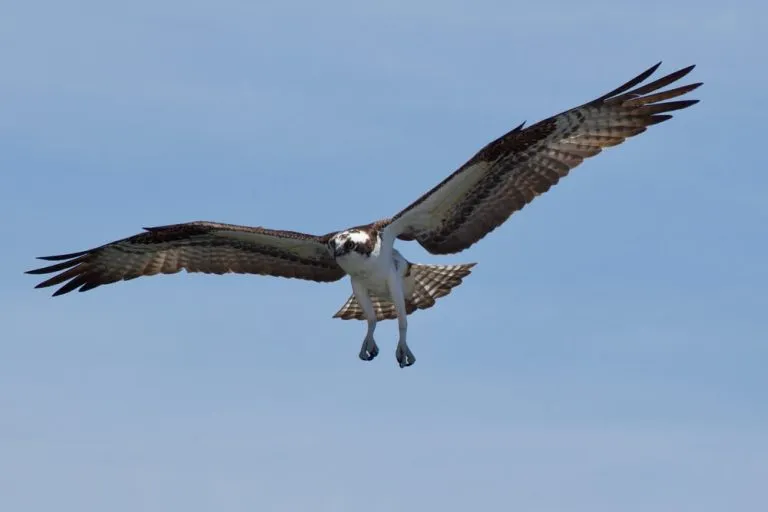What are Tarantula Hawks
Tarantula hawks are a fascinating and formidable group of spider wasps known for their impressive size, striking appearance, and exceptionally painful sting. These wasps, belonging to the family Pompilidae, are among the largest wasps in the world, with females reaching up to two inches in length. They are renowned for their hunting behavior, specifically targeting tarantula spiders as their prey. Their life cycle is intricately linked to these large spiders, making them a compelling subject of study for entomologists and nature enthusiasts alike. Understanding these creatures requires delving into their appearance, habitat, and the specific characteristics that make them unique within the insect world. They are often seen in arid and semi-arid regions, adding to their mystique and drawing attention to their role in the ecosystem. Their presence is a clear indicator of a healthy and diverse environment, showcasing the balance of nature and the interconnectedness of species.
Appearance and Identification
Identifying a tarantula hawk is relatively straightforward due to their distinctive appearance. They typically possess a dark, often black or dark blue, body with vibrant orange or rust-colored wings. The combination of these colors creates a striking visual contrast, making them easily recognizable in their natural habitat. Their size is also a key identifier; the females are larger than the males and have a robust build necessary for hunting and carrying tarantulas. When identifying these wasps, one should also note their long, spiny legs, which they use for manipulating their prey. Careful observation of these features will help distinguish them from other wasp species. Their antenna are also long and slender, which is typical for insects. The contrast between the dark body and bright wings makes it easy to spot them. This high visibility serves to warn potential predators of their potent sting.
Habitat and Distribution
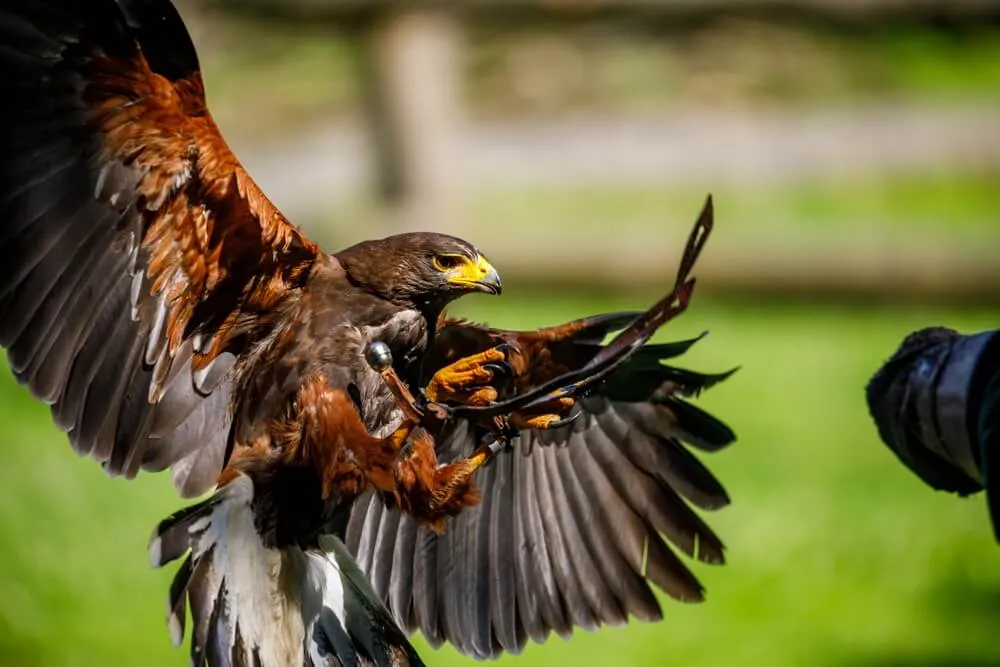
Tarantula hawks thrive in warm, arid regions. Their habitats include the southwestern United States, particularly in states like Arizona, New Mexico, and Texas, as well as parts of South America, Australia, and India. These wasps prefer environments with an abundance of tarantula spiders and suitable nesting sites. Such as, areas with sandy or loamy soil where they can dig their nests. The availability of these resources directly influences their distribution and population density. They are commonly found in deserts, grasslands, and scrublands, where the climate supports both the wasps and their primary prey. Understanding their habitat is crucial for predicting their presence and appreciating their role in the ecosystem. They are adaptable creatures, but their survival is closely tied to the availability of tarantulas. The geographic range is determined by suitable climate and the presence of their prey, making them an important indicator of environmental conditions in their respective regions.
The Venomous Sting
The tarantula hawk’s sting is infamous for its excruciating pain. While not typically life-threatening to humans, the intensity of the sting is considered one of the most painful of any insect. The primary function of the sting is to paralyze tarantulas, allowing the wasp to drag them to a nest and lay an egg on the spider’s abdomen. The venom itself is designed to incapacitate the spider, but the effects on humans are primarily related to the pain. Being stung by a tarantula hawk is described as a burning sensation that causes immediate and intense pain, often accompanied by paralysis. The pain can last for several minutes and may radiate from the sting site. Understanding the sting’s purpose and the nature of the venom highlights the specialized adaptations of these wasps. Although the pain is intense, it typically subsides, and there are no long-term health effects for healthy individuals.
Pain Level
The pain level of a tarantula hawk sting is notoriously high. Ranked as a 4 on the Schmidt Pain Index, it is one of the most painful stings in the insect world. The pain is described as immediate, excruciating, and causing a sensation of burning and intense discomfort. The intensity can be debilitating, and the experience is often unforgettable. It is important to emphasize that the pain is a defensive mechanism employed by the wasp. The severity of the sting emphasizes the tarantula hawk’s defensive capabilities. The pain is not designed to cause lasting harm but to deter potential threats. Despite the excruciating nature of the sting, the pain is typically short-lived, usually lasting only a few minutes. The specific experience of being stung can vary depending on the individual, with some reporting more intense sensations than others.
The Schmidt Pain Index
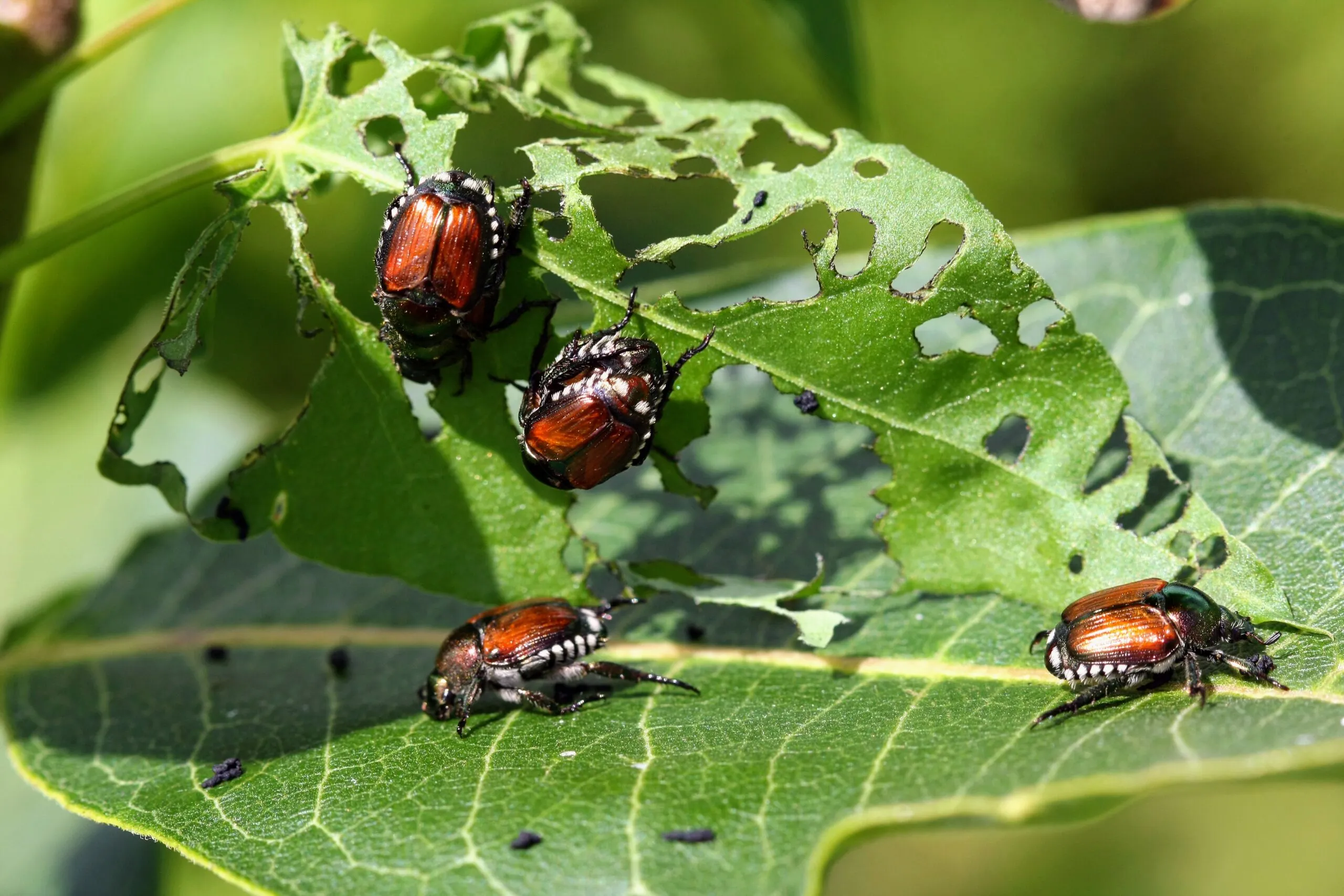
The Schmidt Pain Index is a scale developed by entomologist Justin O. Schmidt to rate the relative pain caused by insect stings. On this scale, tarantula hawk stings are rated at the highest level of four. Schmidt himself described the pain as ‘blinding, fierce, and shocking.’ This ranking places the tarantula hawk sting among the most painful known to humans. The index is a useful tool for comparing the relative intensities of various insect stings. It provides a standardized way to assess and understand the impact of different venoms. The Schmidt Pain Index is not only a measure of pain but also a testament to the evolutionary adaptations of insects. The placement of the tarantula hawk on this scale underscores the potent defensive mechanisms. Furthermore, it highlights the significant impact of these wasps on their environment.
The Tarantula Hawk Lifecycle
The lifecycle of a tarantula hawk is a remarkable example of parasitism. The female wasp hunts a tarantula spider, paralyzing it with her sting. She then drags the paralyzed spider to a pre-made nest or a burrow that she excavates herself. Once the spider is safely in the nest, the wasp lays a single egg on the spider’s abdomen. After the egg hatches, the wasp larva feeds on the paralyzed spider, consuming it alive. The larva pupates within the spider’s body and eventually emerges as an adult wasp. The entire process is a testament to the efficiency and specialization of the tarantula hawk. This lifecycle continues the population of the wasp. The interaction between the wasp and the spider highlights the complex relationships found in nature. It also emphasizes the balance and the survival strategies employed by different species.
Hunting and Paralyzing Tarantulas
The hunting behavior of tarantula hawks is one of their most impressive traits. The female wasp actively seeks out tarantulas, often engaging in aerial pursuits. Once a tarantula is located, the wasp will use her sting to paralyze the spider. This requires precision and skill, as the wasp must target the correct nerve centers to achieve paralysis. The sting is not for immediate killing, but the venom serves to immobilize the spider. Once the spider is paralyzed, the wasp can safely drag it to the nest. They are capable of carrying spiders many times their size, often over considerable distances. This strength and determination is crucial for the wasp’s reproductive success. The hunting process can be quite elaborate, with the wasp carefully assessing the spider. This is an amazing example of the predator-prey relationship in the insect world.
Nesting and Reproduction
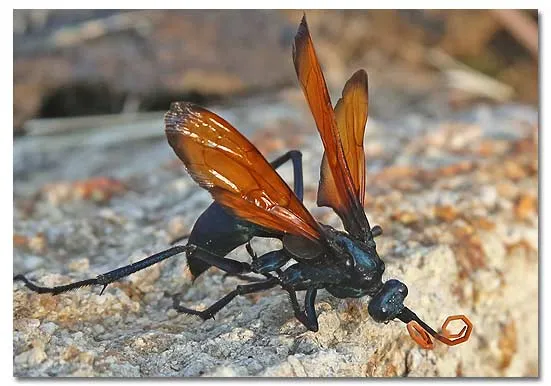
Nesting and reproduction are critical aspects of the tarantula hawk lifecycle. Once the tarantula has been paralyzed and dragged to the nest, the wasp lays a single egg on the spider’s abdomen. The nest can be a pre-existing burrow or one that the wasp excavates herself. The choice of a suitable nesting site is crucial for the survival of the larva. After the egg hatches, the larva feeds on the paralyzed spider. It grows and develops inside the spider’s body. It is a slow process that can take several weeks. Once the larva has consumed the spider, it pupates within the remains of the spider. The pupa then transforms into an adult wasp, completing the lifecycle. This entire process highlights the delicate balance of nature. It demonstrates the intricate relationships between different species. The choice of nest and the laying of the egg are all carefully considered to increase the chance of survival of the larva.
Human Interactions and Risks
While tarantula hawks are not aggressive towards humans, the risk of being stung exists if they feel threatened or are accidentally disturbed. The most common scenarios for stings involve accidental contact or the wasps being provoked. Their powerful sting makes them a dangerous creature to handle. It is essential to maintain a respectful distance and avoid any actions that might be perceived as threatening. People who work outdoors in areas with tarantula hawks should be particularly cautious. This includes hikers, campers, and anyone involved in landscaping or construction. Understanding the potential risks and taking preventive measures can significantly reduce the chances of a sting. It is also important to be aware of the wasp’s behavior. They typically focus on their prey and nest. If left alone, they are unlikely to attack humans. Education and awareness are key to coexisting with these insects safely.
First Aid and Treatment
If stung by a tarantula hawk, immediate first aid and treatment can help alleviate the pain and reduce any potential complications. Initially, remove the stinger if it remains embedded. However, tarantula hawks, unlike honeybees, do not leave their stinger behind. The most important step is to remain calm. Although the pain is intense, it is typically short-lived. Applying a cold compress to the sting site can help reduce swelling and provide some relief. Over-the-counter pain relievers, such as ibuprofen or acetaminophen, can help manage the pain. In rare cases, a severe allergic reaction can occur, although this is not common. If symptoms such as difficulty breathing, swelling of the face or throat, or dizziness occur, seek immediate medical attention. For most people, the sting is painful but manageable with basic first aid. Knowing how to respond to a sting can help minimize the impact and prevent any long-term effects.
Preventative Measures
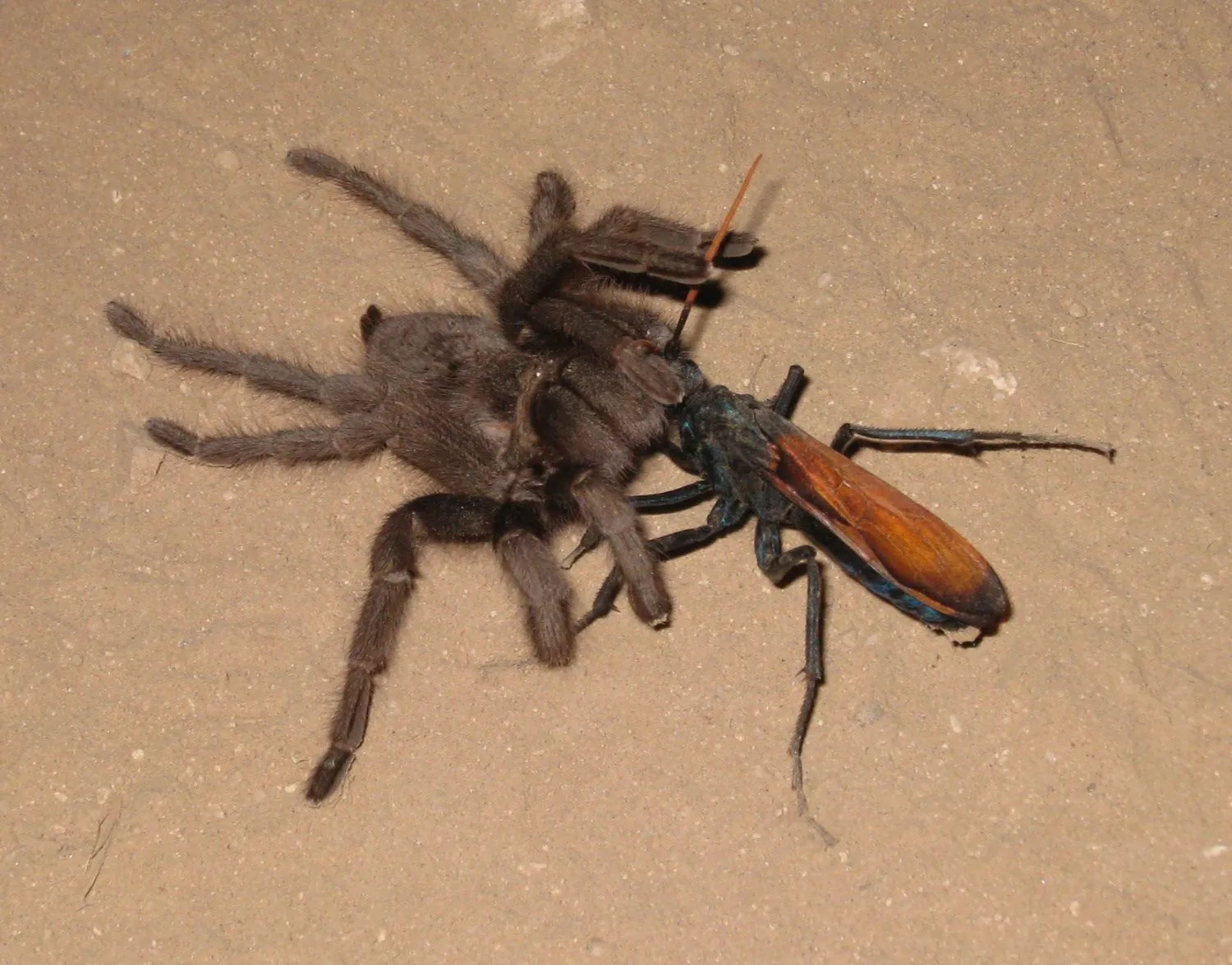
Preventing tarantula hawk stings involves several practical measures. The most important is to be aware of their presence and avoid actions that might provoke them. When in areas known to have these wasps, wear long sleeves, pants, and closed-toe shoes. This offers a physical barrier against potential stings. Avoid disturbing their nests. Refrain from making sudden movements that could be interpreted as threats. If you encounter a tarantula hawk, observe it from a safe distance and do not attempt to interact with it. Educating yourself about their behavior and habitat can also help in preventing stings. By understanding their patterns, one can avoid common areas. Keeping your property clean and removing debris where they might nest can help. By taking these precautions, one can significantly reduce the risk of being stung and safely coexist with these fascinating wasps.
Other Interesting Facts
Beyond their dangerous sting and complex lifecycle, tarantula hawks have other fascinating aspects. They play a significant role in their ecosystems by controlling tarantula populations. This helps maintain a natural balance. The female wasps are responsible for the majority of the hunting. The males primarily focus on mating and do not have the ability to sting. They are also known for their navigational skills and ability to return to their nests. These wasps are a popular subject for researchers studying insect behavior. These insects, despite their reputation, are important contributors to the biodiversity. The study of tarantula hawks provides insights into the complexities of nature. It highlights the critical role of predators in maintaining ecological stability. They have a remarkable ability to co-exist with other species. They provide a compelling example of the delicate balance of nature.
Diet and Behavior
The diet and behavior of tarantula hawks are closely linked to their hunting and reproductive strategies. The adult wasps primarily feed on nectar. This provides them with the energy needed for flight and reproduction. The larvae are obligate parasites of tarantulas. They feed exclusively on the paralyzed spiders that their mothers provide. Their behavior is characterized by a solitary lifestyle. Each female wasp hunts and nests independently. They exhibit a territorial behavior, especially when it comes to nesting sites and food sources. The females spend a significant amount of time hunting. While males focus on finding mates. Their foraging behavior and the way they interact with their environment showcase their specialized adaptation. These wasps are important in controlling the population of tarantulas. Their behavior reveals their strategies for survival. This highlights the fascinating details of their lives.
Natural Predators
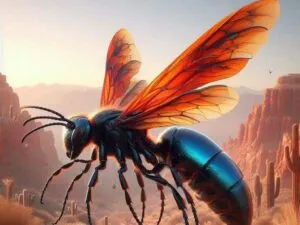
Despite their formidable sting, tarantula hawks have natural predators. Birds, such as the roadrunner, have been observed preying on these wasps. These birds have developed specialized techniques to overcome the wasp’s defenses. The wasp’s striking colors and warning signals are also used to ward off predators. They serve to indicate their venomous nature. However, some predators, such as birds, are able to overcome these defenses. The presence of predators is an important factor in the ecosystem. It helps regulate the tarantula hawk populations. Understanding these interactions provides insights into the broader ecological relationships within the environment. The predator-prey relationship is a continuous cycle. Their existence keeps the natural balance in order.
